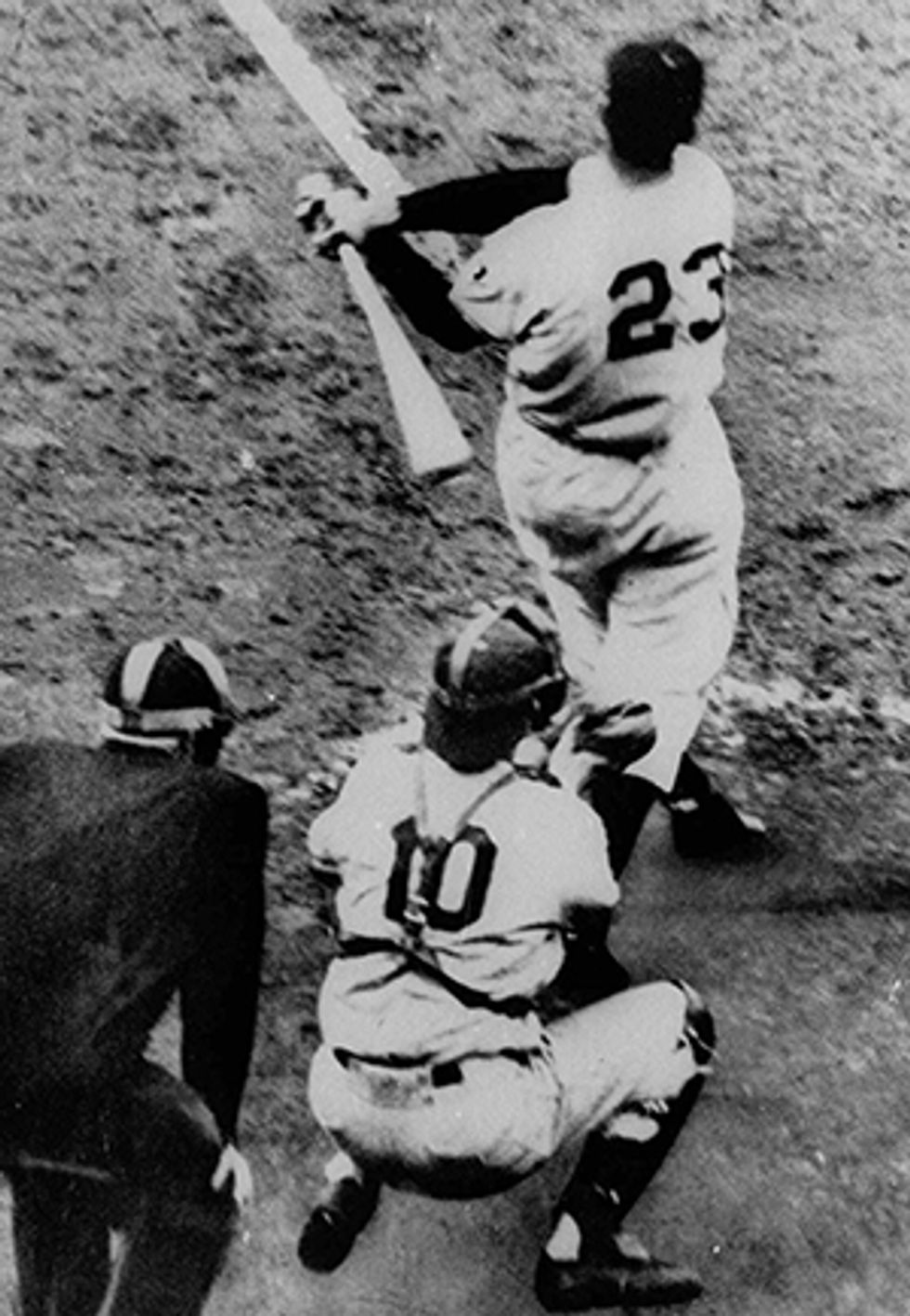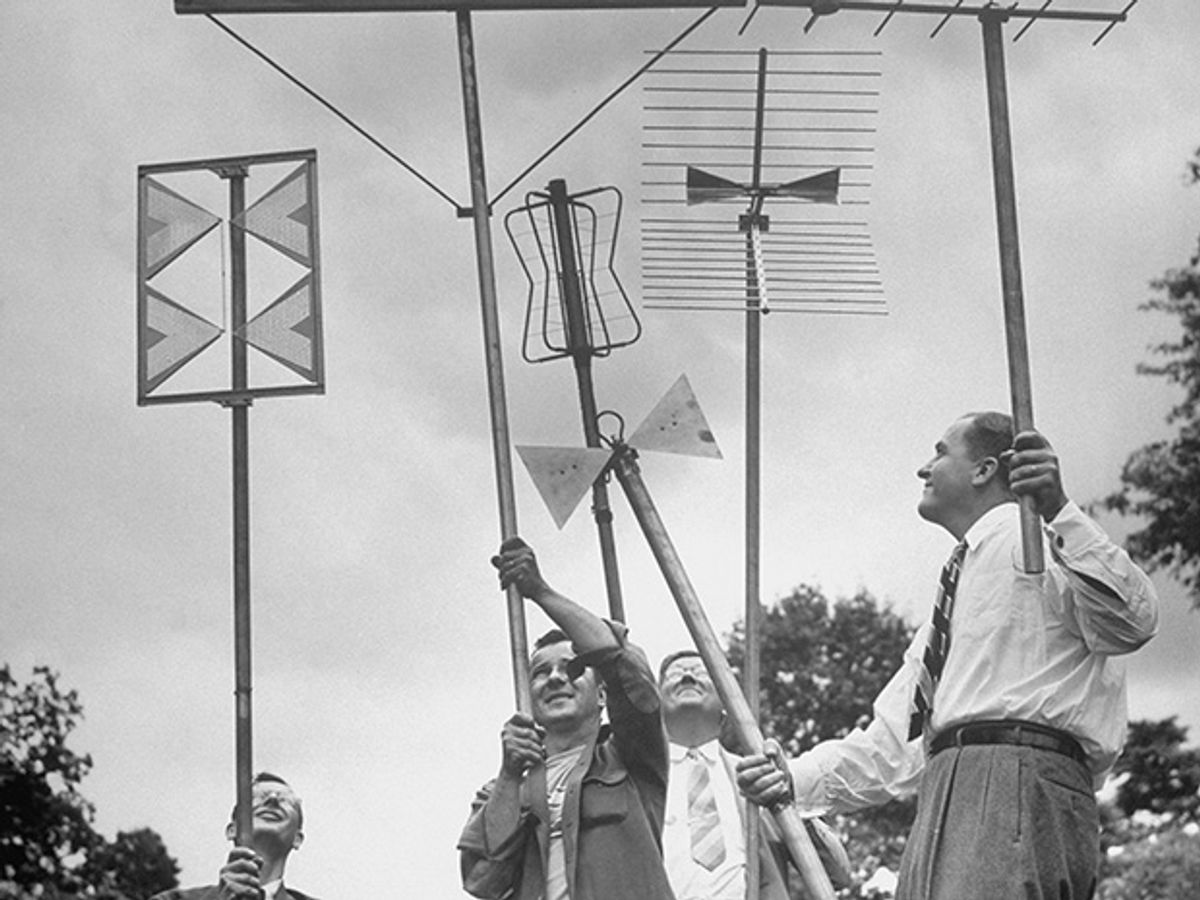
“A Promising New Era Begins for Television,” proclaimed Life magazine in September 1951. The U.S. Federal Communications Commission announced a new allocation plan that would open up UHF bands for television broadcasts in addition to existing VHF bands, increasing the number of available channels from 12 to 82 and making coast-to-coast transmission practical.
Getting UHF signals from New York City to San Francisco required a chain of 107 microwave towers that stretched across the United States. Called the microwave radio-relay skyway, it took the American Telephone and Telegraph Company three years to build at a cost of US $40 million.
To take advantage of UHF, television sets needed a small converter, which cost $40 (the equivalent of over $350 today), and a new antenna (like the RCA designs shown here). The Life article promised that for the first time, baseball fans on the West Coast would be able to watch the World Series live on TV. And millions of people were watching on 3 October 1951, when the New York Giants’ Bobby Thomson hit a three-run homer in the bottom of the ninth inning against the Brooklyn Dodgers, thereby clinching the National League pennant.
Part of a continuing series looking at old photographs that embrace the boundless potential of technology, with unintentionally hilarious effect.
